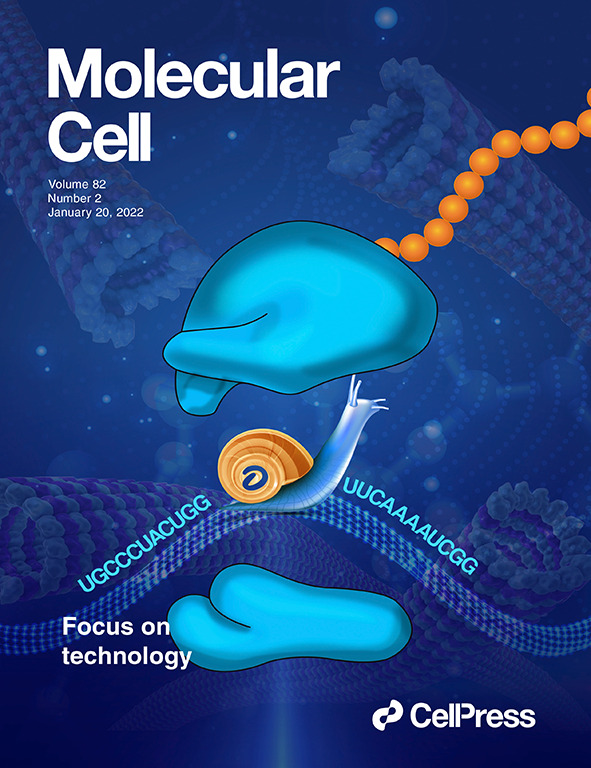Autophagic signatures in peripheral blood mononuclear cells from Parkinson's disease patients
IF 6.5
3区 生物学
Q2 BIOCHEMISTRY & MOLECULAR BIOLOGY
引用次数: 0
Abstract
Parkinson's disease (PD) is a progressive neurodegenerative disorder characterized by motor impairments and the accumulation of misfolded α-synuclein. Dysregulation of the autophagy-lysosomal pathway (ALP), responsible for degrading misfolded proteins, has been implicated in PD pathogenesis. However, current diagnostic approaches rely heavily on motor symptoms, which occur due to substantial neurodegeneration, limiting early detection and intervention. This study investigated the potential of ALP-associated proteins in peripheral blood mononuclear cells (PBMCs) as diagnostic biomarkers for early-stage PD. Quantitative analysis revealed a significant reduction in optineurin levels in PBMCs from PD patients, and the expression levels of various ALP-associated proteins were tightly correlated, suggesting a coordinated dysregulation of the pathway. Correlation analyses revealed associations between ALP-associated features and clinical characteristics, such as age of onset and motor impairment. Furthermore, the study identified multiple positive correlations among ALP-associated proteins and functional readouts, highlighting the interconnectivity within the pathway. Notably, a PBMC biomarker model incorporating lysosomal-associated membrane protein 1 and optineurin exhibited high diagnostic accuracy (86%) in distinguishing PD patients from controls. These findings highlight the potential of ALP-associated protein signatures in PBMCs as novel diagnostic biomarkers for early detection and intervention in PD, offering insights into the systemic manifestations of the disease.
帕金森病患者外周血单个核细胞的自噬特征。
帕金森病(PD)是一种进行性神经退行性疾病,以运动障碍和错误折叠α-突触核蛋白的积累为特征。负责降解错误折叠蛋白的自噬-溶酶体途径(ALP)的失调与帕金森病的发病有关。然而,目前的诊断方法严重依赖于运动症状,这是由于严重的神经退行性变引起的,限制了早期发现和干预。本研究探讨了外周血单个核细胞(PBMCs)中alp相关蛋白作为早期PD诊断生物标志物的潜力。定量分析显示,PD患者pbmc中OPTN水平显著降低,且各种alp相关蛋白的表达水平密切相关,提示该通路协同失调。相关分析揭示了alp相关特征与临床特征(如发病年龄和运动障碍)之间的关联。此外,该研究还发现了alp相关蛋白和功能读数之间的多重正相关,强调了该通路内的互联性。值得注意的是,结合溶酶体相关膜蛋白1 (LAMP1)和OPTN的PBMC生物标志物模型在区分PD患者和对照组方面表现出很高的诊断准确率(86%)。这些发现突出了pbmc中alp相关蛋白特征作为PD早期检测和干预的新型诊断生物标志物的潜力,为该疾病的系统性表现提供了见解。
本文章由计算机程序翻译,如有差异,请以英文原文为准。
求助全文
约1分钟内获得全文
求助全文
来源期刊

Molecules and Cells
生物-生化与分子生物学
CiteScore
6.60
自引率
10.50%
发文量
83
审稿时长
2.3 months
期刊介绍:
Molecules and Cells is an international on-line open-access journal devoted to the advancement and dissemination of fundamental knowledge in molecular and cellular biology. It was launched in 1990 and ISO abbreviation is "Mol. Cells". Reports on a broad range of topics of general interest to molecular and cell biologists are published. It is published on the last day of each month by the Korean Society for Molecular and Cellular Biology.
 求助内容:
求助内容: 应助结果提醒方式:
应助结果提醒方式:


